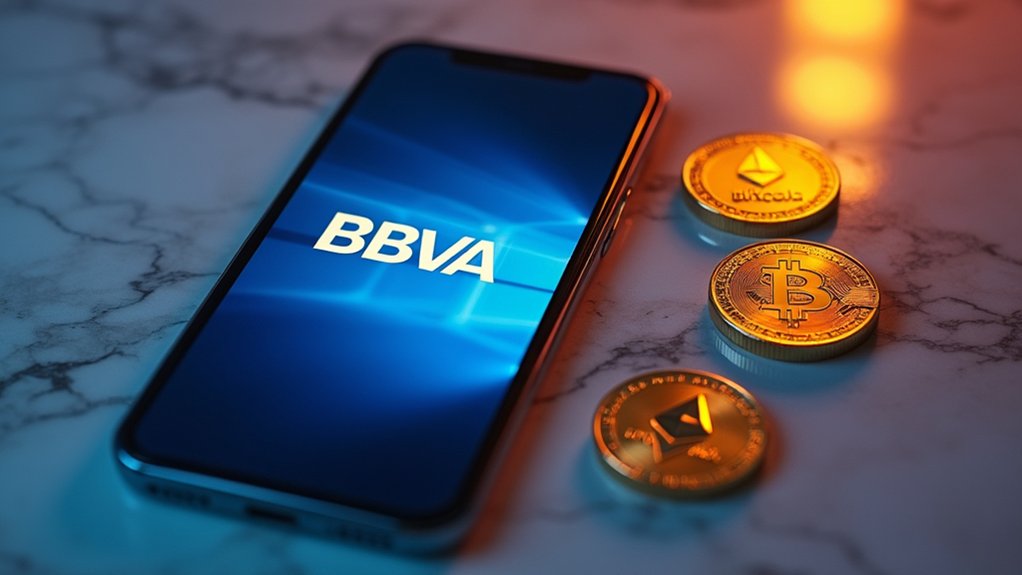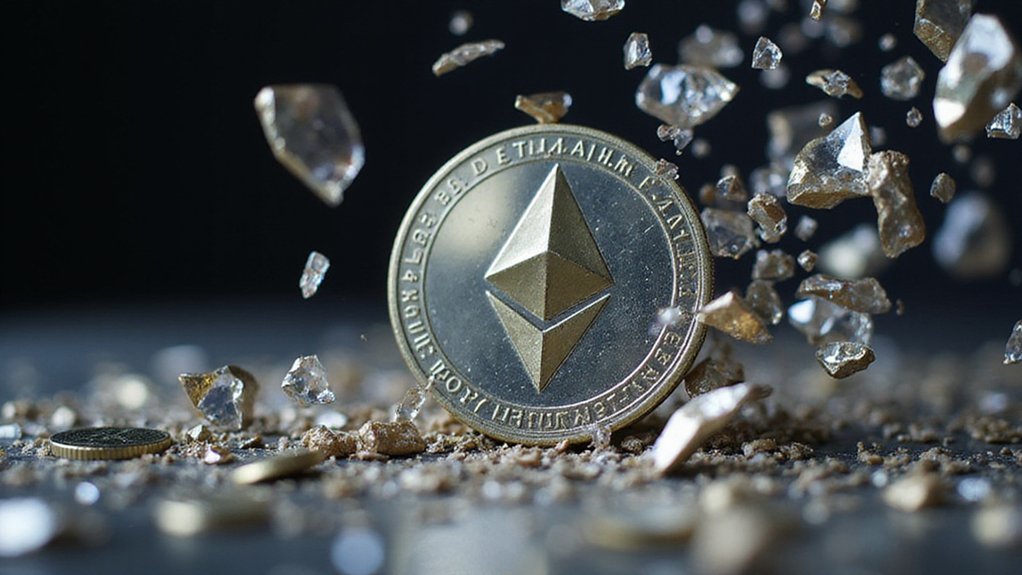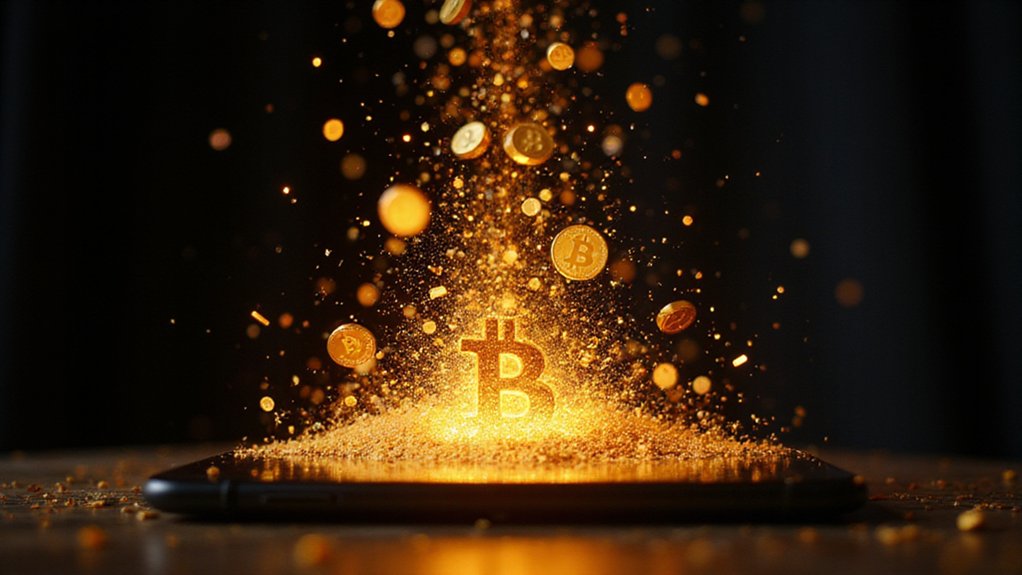The revolution began with a nineteen-year-old Russian-Canadian programmer armed with nothing more than a whitepaper and an audacious vision to transform the entire digital economy. Vitalik Buterin‘s 2013 manifesto would eventually spawn what can only be described as the Ethereum Empire—a $18 million ICO in 2015 blossoming into a technological juggernaut that processes 1.2 million daily transactions while commanding 62% of global DeFi‘s total value locked.
What distinguishes Ethereum from Bitcoin’s relatively pedestrian store-of-value proposition is its Turing-complete virtual machine, which enables self-executing smart contracts that operate with mathematical precision (assuming, of course, the code doesn’t contain any catastrophic bugs). This innovation altered blockchain from a glorified digital ledger into a programmable financial infrastructure hosting over 3,000 decentralized applications across gaming, insurance, and finance sectors.
The network’s four technological pillars—cryptographic tokens, peer-to-peer networking, consensus algorithms, and the Ethereum Virtual Machine—create an ecosystem where major corporations like Samsung, Amazon, and Microsoft deploy blockchain solutions. Each block validates transactions within approximately 12-15 seconds, a cadence that facilitates global agreement on blockchain state while supporting everything from NFT marketplaces to complex derivatives protocols. By eliminating intermediary dependence, smart contracts enable direct peer-to-peer interactions that significantly reduce transaction costs and processing times.
Perhaps the most remarkable change occurred in 2022 with “The Merge,” Ethereum’s shift from energy-intensive Proof of Work to Proof of Stake consensus. This upgrade reduced the network’s carbon footprint by 99%—a feat that would make even the most ardent environmentalist grudgingly impressed—while positioning the platform for scalability improvements targeting thousands of transactions per second. The integration of AI with blockchain is creating transformative developments that enhance security protocols across the entire ecosystem.
The economic implications are staggering. Ether functions simultaneously as currency and computational fuel, powering smart contracts that automate agreements previously requiring armies of lawyers and intermediaries. Despite ETH’s notorious price volatility, network utility continues expanding, cementing Ethereum’s position as the foundational layer for Web3 development. The Genesis block contained 8,893 transactions and established the initial block reward at 5 ETH when the network officially launched.
Today’s Ethereum Empire represents far more than Buterin’s original vision. It’s become the “mother of decentralized applications,” a designation that carries both pride and the inevitable responsibility of maintaining technological leadership while countless competitors attempt to dethrone the reigning sovereign of programmable money.








